The Metropolitan Police Department (MPD) is asking for the public’s help in identifying a suspect involved in a felony threat incident that occurred on June 18, 2025, in Southeast Washington, D.C. The case has drawn attention to rising concerns about the safety of private security personnel and the persistent challenges faced by businesses dealing with theft and threats in the area.
Incident Details
The confrontation unfolded around 10:00 p.m. in the 400 block of 14th Street Southeast, when a Special Police Officer (SPO) stopped an individual suspected of taking property from a local establishment. Instead of complying, the suspect verbally threatened the officer and a second individual before fleeing on foot.
Surveillance footage from the area captured images of the suspect. MPD has released the images to the public and is offering a reward of up to $1,000 for information leading to the arrest and indictment of the individual. The case is registered under CCN #25091527.
Role and Authority of Special Police Officers
Special Police Officers in the District serve as a hybrid between private security and law enforcement. They have limited arrest powers, which they can exercise on the specific property they are licensed to protect. Their authority and jurisdiction are defined under D.C. law and supported by rigorous training requirements.
To become an SPO, individuals must undergo 16 hours of pre-assignment instruction, background checks, psychological and physical fitness evaluations, and drug testing. Once certified, SPOs can detain individuals and perform arrests, but only within their jurisdiction.
This structure allows them to be the first line of defense for many businesses, especially in high-crime areas like parts of Southeast D.C.
Broader Pattern of Threats and Violence
The June 18 incident is not an isolated case. According to MPD data and recent court filings, there has been a noticeable rise in threats and violence against both law enforcement and private security personnel.
In September 2024, a woman was arrested after allegedly threatening employees with a firearm while making racist remarks, leading to a hate crime investigation. In March 2025, five individuals were charged in connection with an assault on MPD officers.
These repeated threats highlight the volatile environment in which both law enforcement and security personnel operate, especially when confronting suspects in theft or disturbance-related incidents.
Rising Retail Crime and Security Risks
While violent crime in Washington, D.C., reached a 30-year low in 2024, thanks to targeted policing strategies and community initiatives, retail theft and related property crimes remain persistent. Businesses across the city, particularly in economically vulnerable neighborhoods, have reported increased losses and confrontations.
Special Police Officers and private guards often bear the brunt of these tensions. The 2021 fatal shooting of SPO Angela Washington, who was struck by a stray bullet while patrolling, remains a stark reminder of the dangers they face daily.
The June 18 confrontation is a fresh example of these dangers and has reignited conversations about whether private security personnel are adequately supported, equipped, and respected in their roles.
Legal Implications of Felony Threats
Under D.C. Code § 22-1810, making felony threats can carry a sentence of up to 20 years in prison and a fine of up to $5,000. The law applies when a person uses threatening language that would cause a reasonable person to fear serious bodily injury or property damage, and when the speaker appears capable of carrying out the threat.
Defense attorneys in such cases often argue that the language used was hyperbolic or not intended seriously. However, the context of the threat, the tone, and any supporting behavior—such as possessing a weapon or aggressive posturing—can influence whether prosecutors proceed with charges.
Given the suspect’s behavior on June 18 and the direct confrontation with a licensed SPO, legal experts say this case could meet the threshold for a felony charge if the suspect is identified and apprehended.
Crime Trends in Southeast D.C.
Southeast Washington, especially neighborhoods east of the Anacostia River, continues to face disproportionate crime rates compared to other parts of the District. The 400 block of 14th Street Southeast has seen varied levels of activity, with nearby residents reporting a mix of property crimes and drug-related offenses.
While initiatives have reduced certain types of violent crime, property crime remains high, fueling the need for better security protocols and more visible deterrents like SPOs. However, these workers often operate with limited support and are increasingly targeted themselves.
Community Role and Public Appeal
As the investigation into the June 18 incident continues, MPD is urging community members to come forward with information. Tips can be submitted anonymously by:
-
Calling (202) 727-9099
-
Texting the Department’s TEXT TIP LINE at 50411
Authorities stress that anyone who encounters the suspect should not attempt to apprehend the individual themselves, but instead immediately contact law enforcement.
Why This Matters
The unresolved nature of the June 18 felony threat incident reflects deeper issues regarding public safety, security worker protections, and law enforcement-community dynamics. As retail crime and aggressive encounters continue to climb in certain D.C. neighborhoods, the burden falls heavily on front-line defenders like Special Police Officers.
This case serves as a reminder that community cooperation is essential to ensure justice, deter crime, and support those who risk their safety to protect others. The outcome of this investigation could also influence future discussions around security training, legal protections, and the role of private law enforcement in urban safety ecosystems.
Conclusion
The Metropolitan Police Department’s appeal for public assistance in this felony threats case is more than just a manhunt—it’s a call to action for collective responsibility. The safety of law enforcement, businesses, and neighborhoods in Southeast D.C. depends not just on police response, but on the public’s willingness to stand against intimidation and violence.
If you recognize the suspect or have any information that could assist the investigation, do your part by contacting MPD or submitting a tip through official channels. Every voice and action counts in making Southeast Washington—and the entire District—a safer place for all.

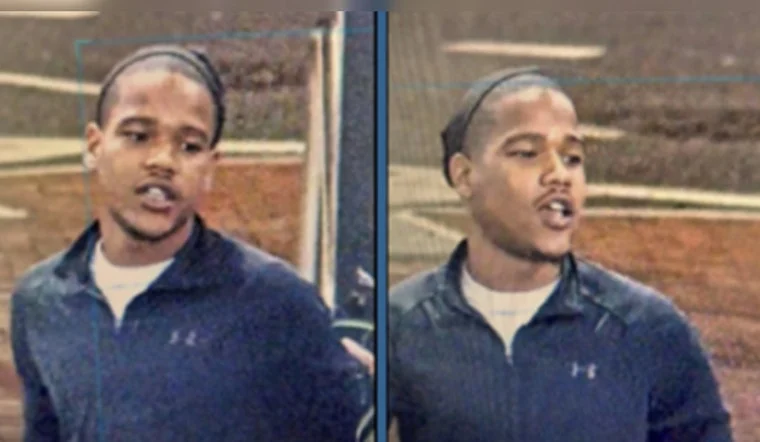

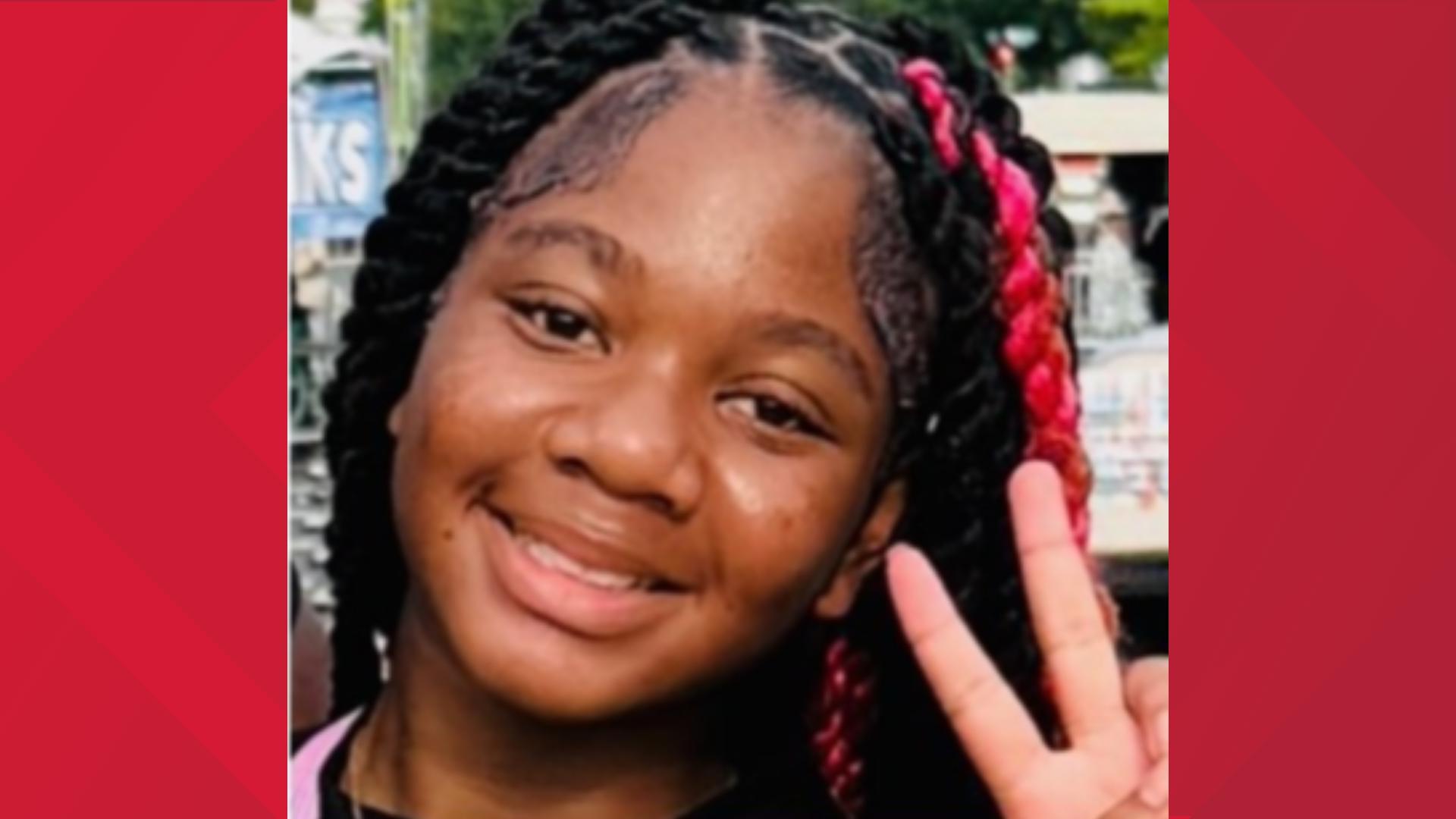


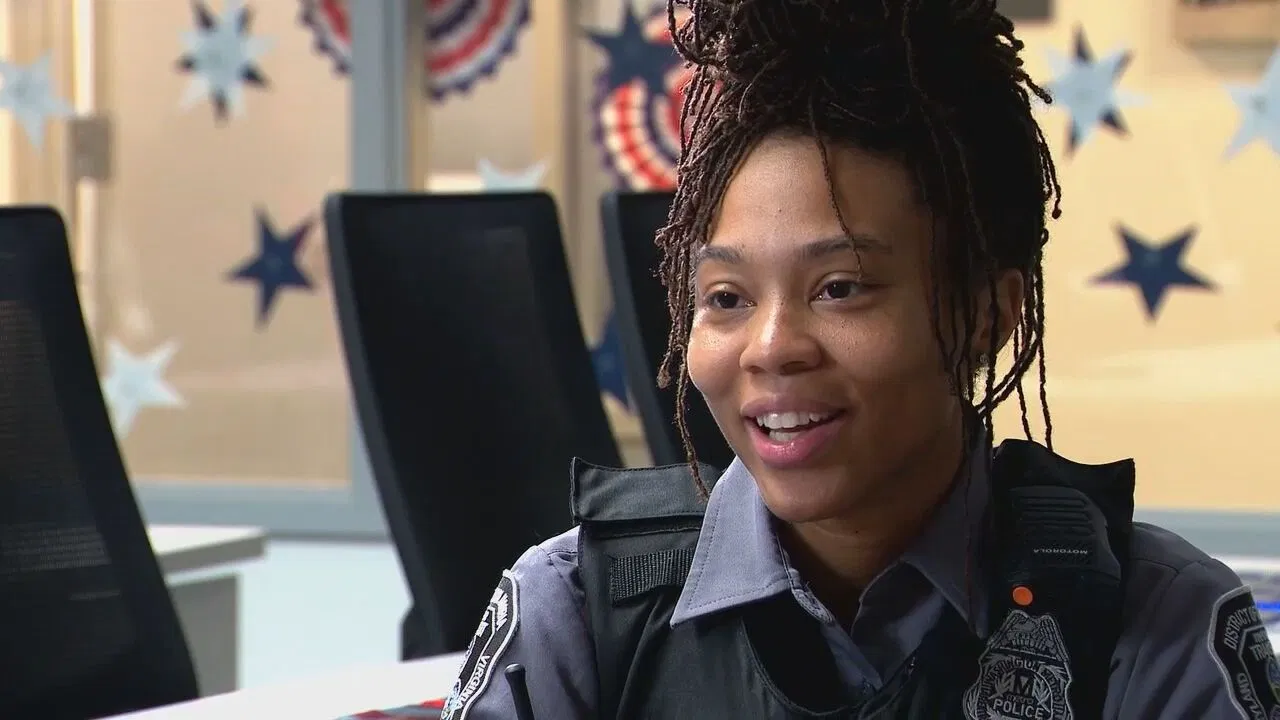
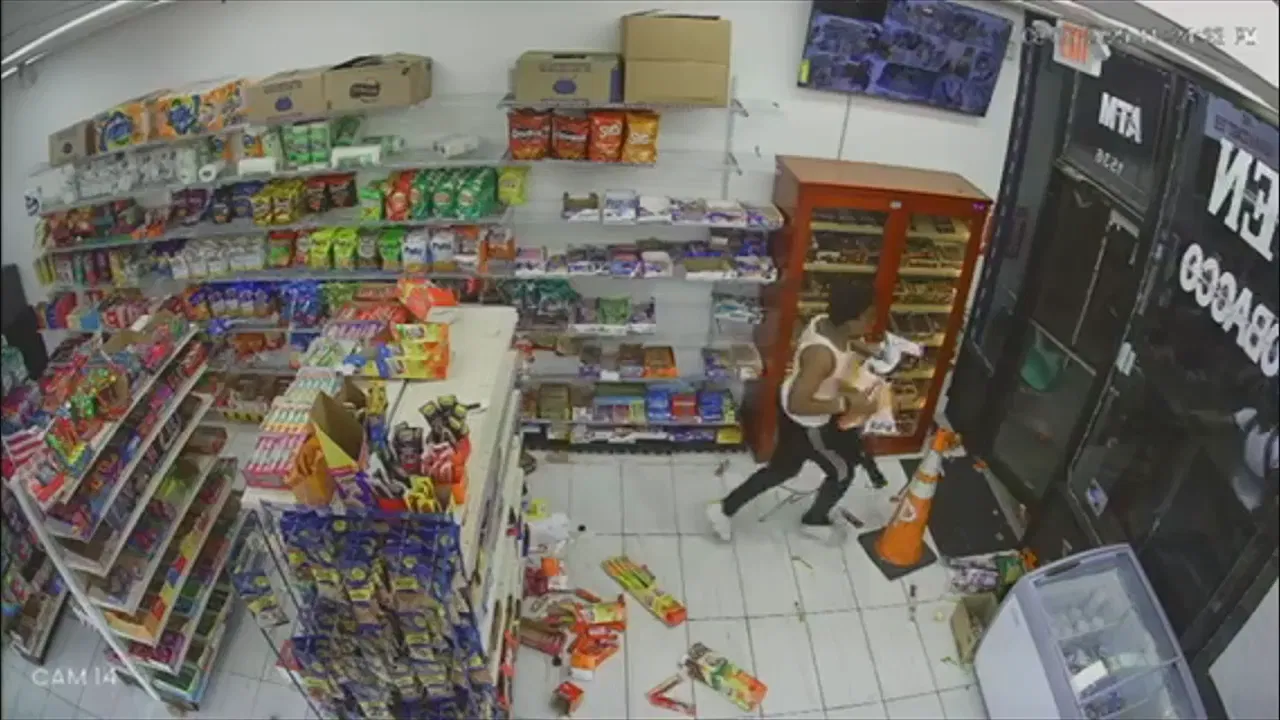
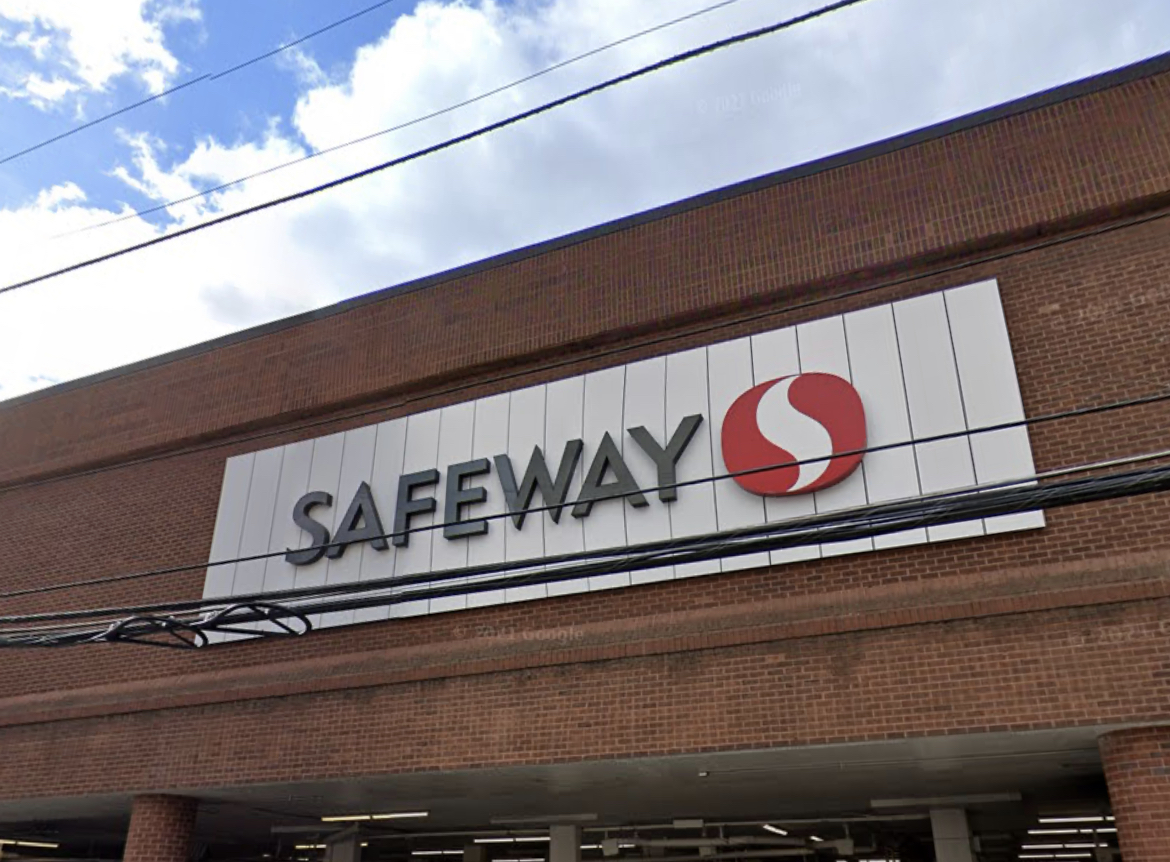
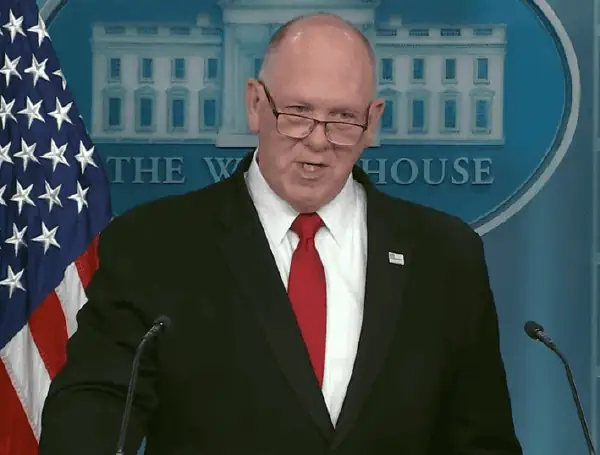
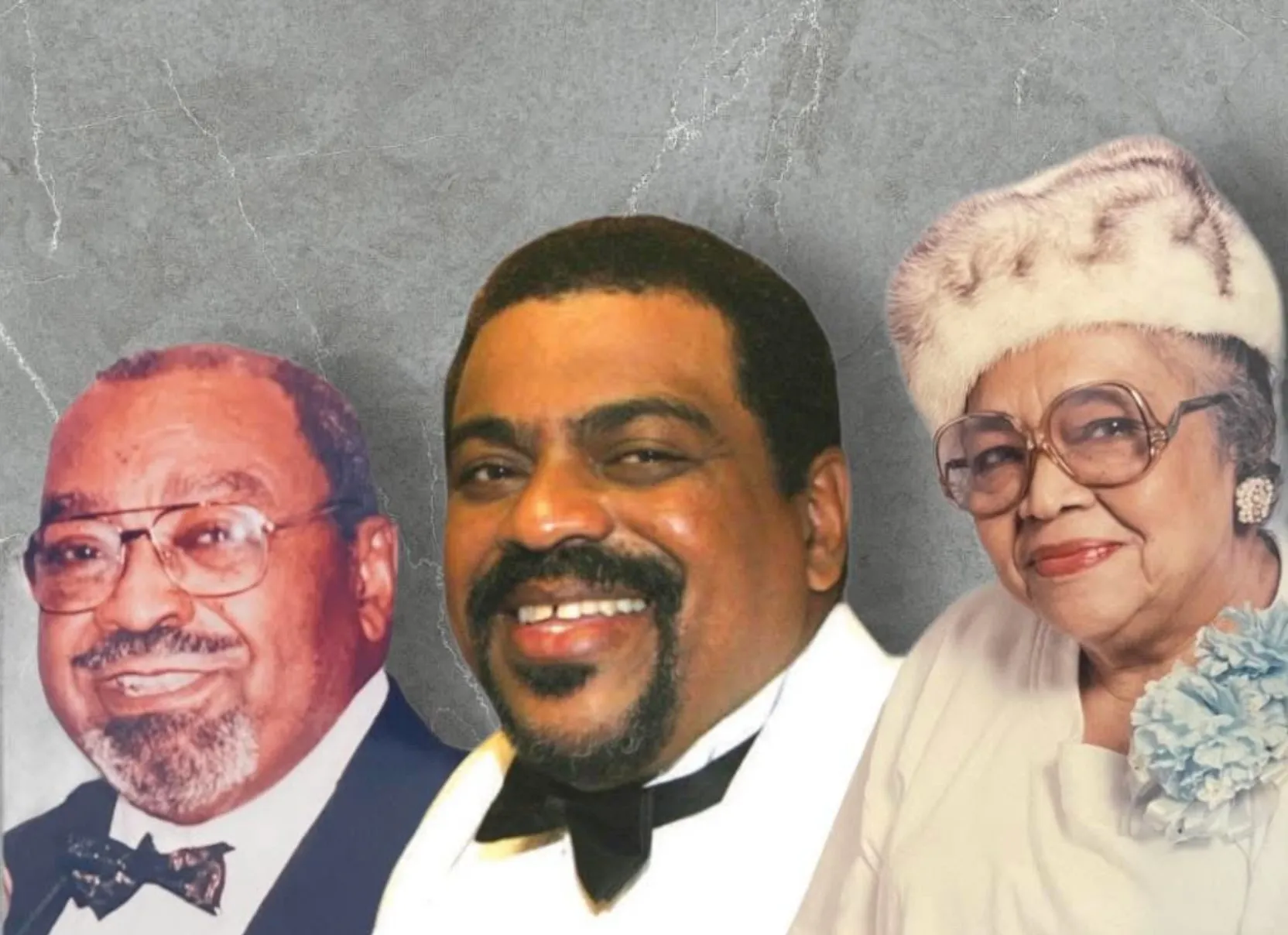
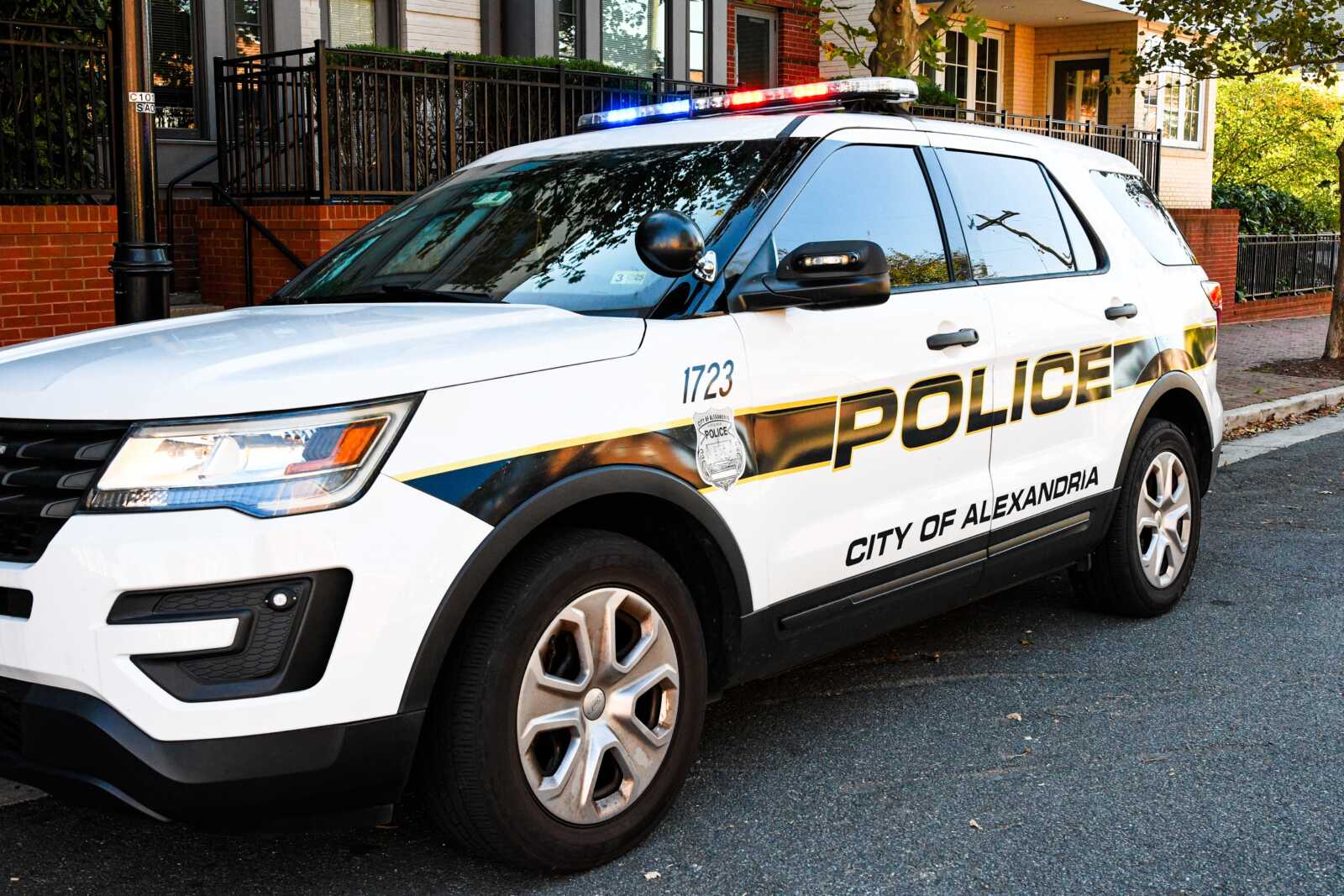




Leave a Reply